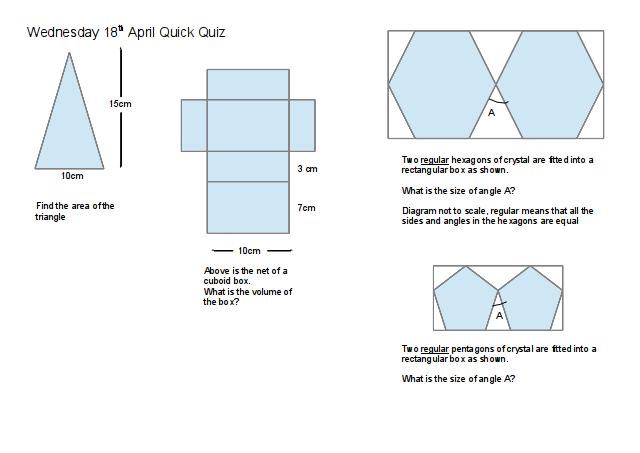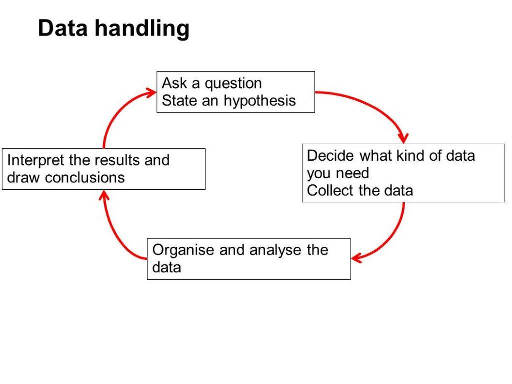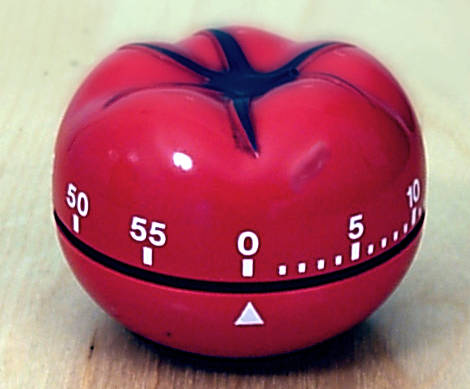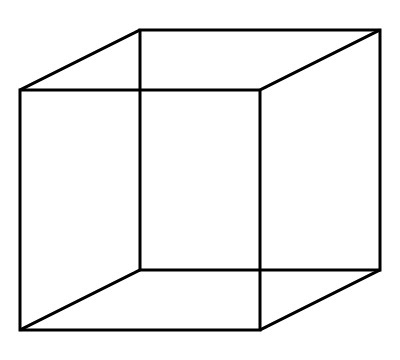
[ home ]
The everyday process of teaching was once summarised roughly as follows
- get them in
- get on with it
- get on with them
- get them out
We don't have to manage the corridors in Further Education. But getting students tuned in at the start of a lesson is really important. John - an ex school teacher who motivates teenagers - advises being in the classroom before the students and having something to do as they come in while you are booting the PC and calibrating the whiteboard. They are working on your agenda then, instead of you responding to theirs. Adults appreciate 10 minutes of calm and a chance to 'centre' in the lesson - to put aside the myriad things they need to look after outside the classroom.
I use starters as a way of starting to 'get on with it' after the students have got themselves into the classroom. Most starters are linking back to last week and preparing the ground for the lesson to come. Sometimes, I use a starter to introduce a new topic. I like to cover some 'meta-skills' in my lessons when the opportunity arises.
Part of my use of starters is to soak up the 10 minutes or so we allow for latecomers (unavoidable with students arriving at College after dropping children off at various schools and nurseries) and to usefully occupy those who like to arrive early.

This starter is designed to 'tune' students into the topics we covered last week with a final pair of questions that link back to angles work covered a few weeks ago. I quite like the 'must should could' progression across the page. All the 24 students made it to the middle column with a bit of prompting in some cases. The hexagons lead onto the pentagons (an equilateral triangle being easier to spot as an important part of the problem than an isosceles one) with a bit more prompting. The pdf file exported from Impress is easy to import into the interactive whiteboard software. I then use whole class questioning to build up the solutions.
Most of my routine starters are usually one sided handouts with questions designed to clarify an issue from a previous lesson. Mostly worded questions, but some visual questions, especially for shape. These can be printed or copied quickly and students can start working on them while I boot up the class PC and take a register.
I've also used card sorting tasks and activities that involve small groups sorting sticky notes as starters, or at least very early in the lesson. Card sorting type activities allow focus on higher order skills (classifying algebraic expressions, or matching a bar chart to a frequency distribution) as a break from calculation and numerical processing.

I need open ended questions about the new topic to soak up that five minutes at the beginning while the PC boots. Questions that link to the experience of students work well. I've used a questionnaire about teaching and learning preferences to introduce the Data Collection Cycle topic. Then we have tallied data from the questionnaires. The students had to reconstruct the hypothesis from the questions.
I can also 'take the temperature' of the class by simply asking for a confidence score out of 10 about maths so far. Each student puts their score on a sticky note, then they 'tally' the data by constructing a small bar chart on the wall.

The Pomodoro Technique is popular with managers in Italy. The full technique provides a time monitoring and management framework and is quite sophisticated. I just bring my kitchen timer in and challenge students to work for 25 minutes at a time (one 'pomodoro') on their Maths homework. The starter in this case is a discussion of when and where students do work outside the lessons. I'm also trying to convince students who take BTEC Diploma based qualifications that they need to protect a little bit of time for maths homework - the temptation is to polish up the current BTEC assignment a little more instead of hacking through a maths exercise or two.

A visual starter: the whole class practised 'flipping' the front and back of the cube. Many had not seen this one before, and they all found that the 'flip' just happened. I made the point that learning maths is a bit like the Necker cube. You have to work away at it until one day the ideas 'flip' in your head and you can understand the topic.

My day starts early with the good old semi-fast train out to one of my centres which means one pomodoro (25 minutes) of comparative quiet. I produced most of the starters featured on this page on the way into College (not the longer question sets with answers). My recycled Thinkpad with Impress or Writer loaded and 'suspended to RAM' provides me with an instant-on device for producing screens worth of content.
Keith Burnett, Last update: Sun Jun 09 2013